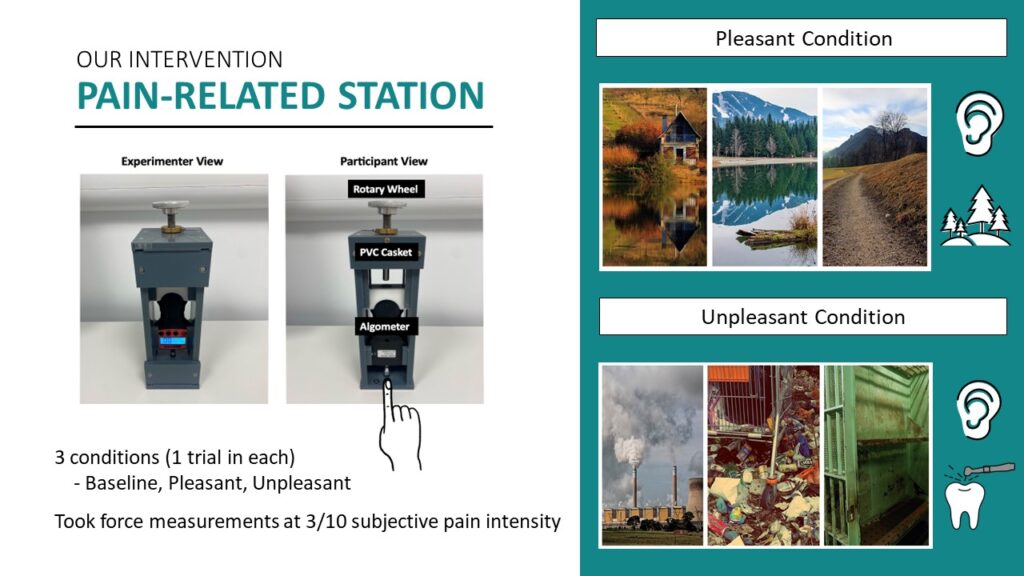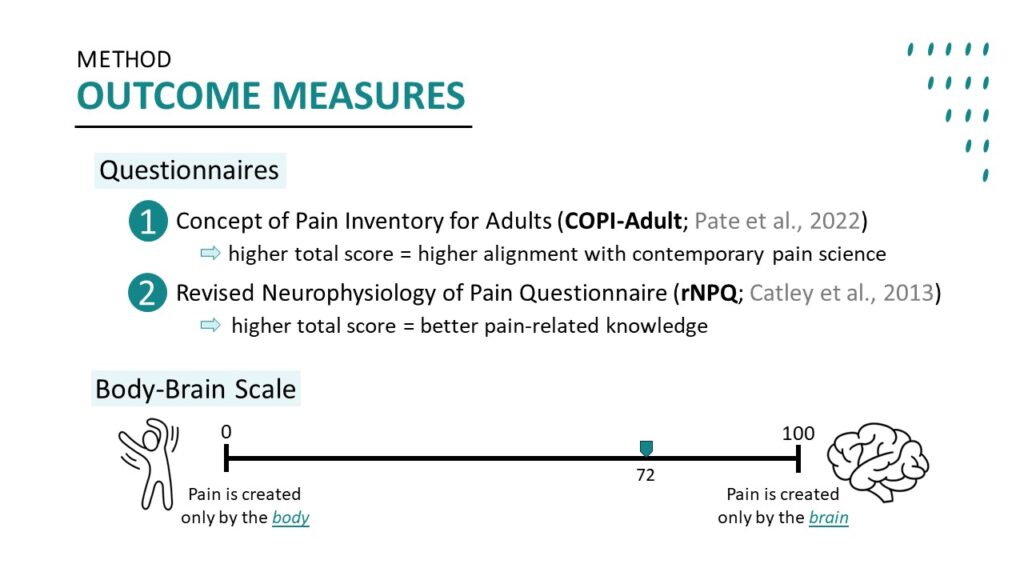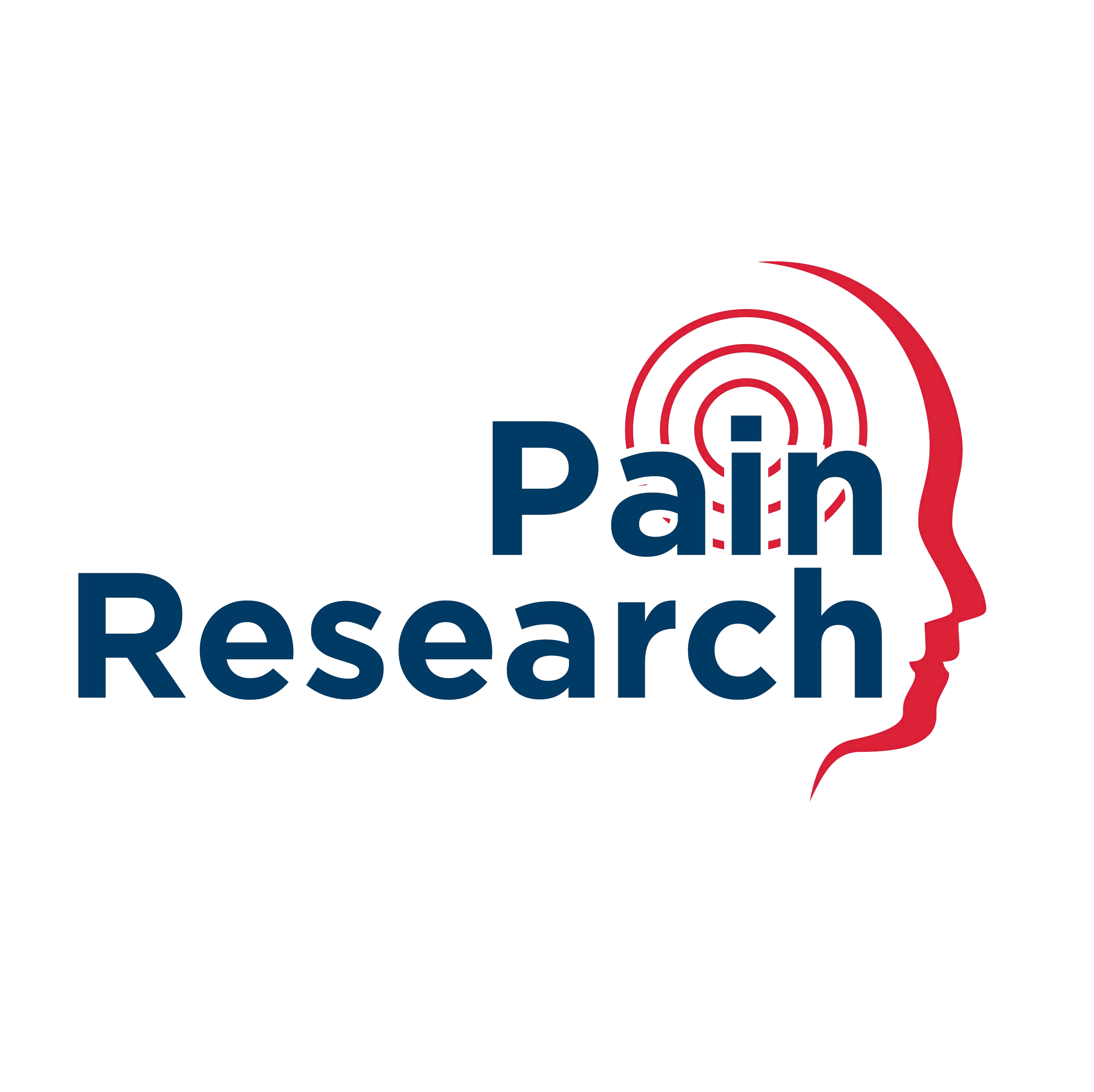The way that people understand pain is important. Typically, believing that pain is caused only by physical factors and using only passive modalities of treatment are both associated with a poorer prognosis. Unfortunately, this is exactly what many people do believe about pain including some health professionals! A recent project carried out by students from the school of Psychology explored whether adding experiential methods could improve traditional methods of pain education.
The study recruited 60 participants from the student and local communities. Each participant engaged in 3 learning activities about pain in a randomised order – watching an information video on YouTube, engaging in a pain-related experiential task and engaging in a sensory experiential task.

The pain-related sensory task used a finger press that applied pressure to participants’ middle finger until they declared their pain to be at a level of 3 out of 10. All participants completed this task first in a neutral condition and then in randomised pleasant or unpleasant conditions. The difference in pressure applied to reach the agreed threshold in each condition was immediately fed back to each individual. Beliefs about pain before and after each task were measured by a “body-brain scale” on which participants were asked to indicate their beliefs about whether the body, or brain was more important to the experience of pain, in addition to overall measures for change in belief.

The research showed that, although watching a video led to the largest change, participation in the pain experience station further increased the participants’ beliefs about the role of the brain in pain. Experiential methods appear to have promise in changing unhelpful beliefs about pain.
